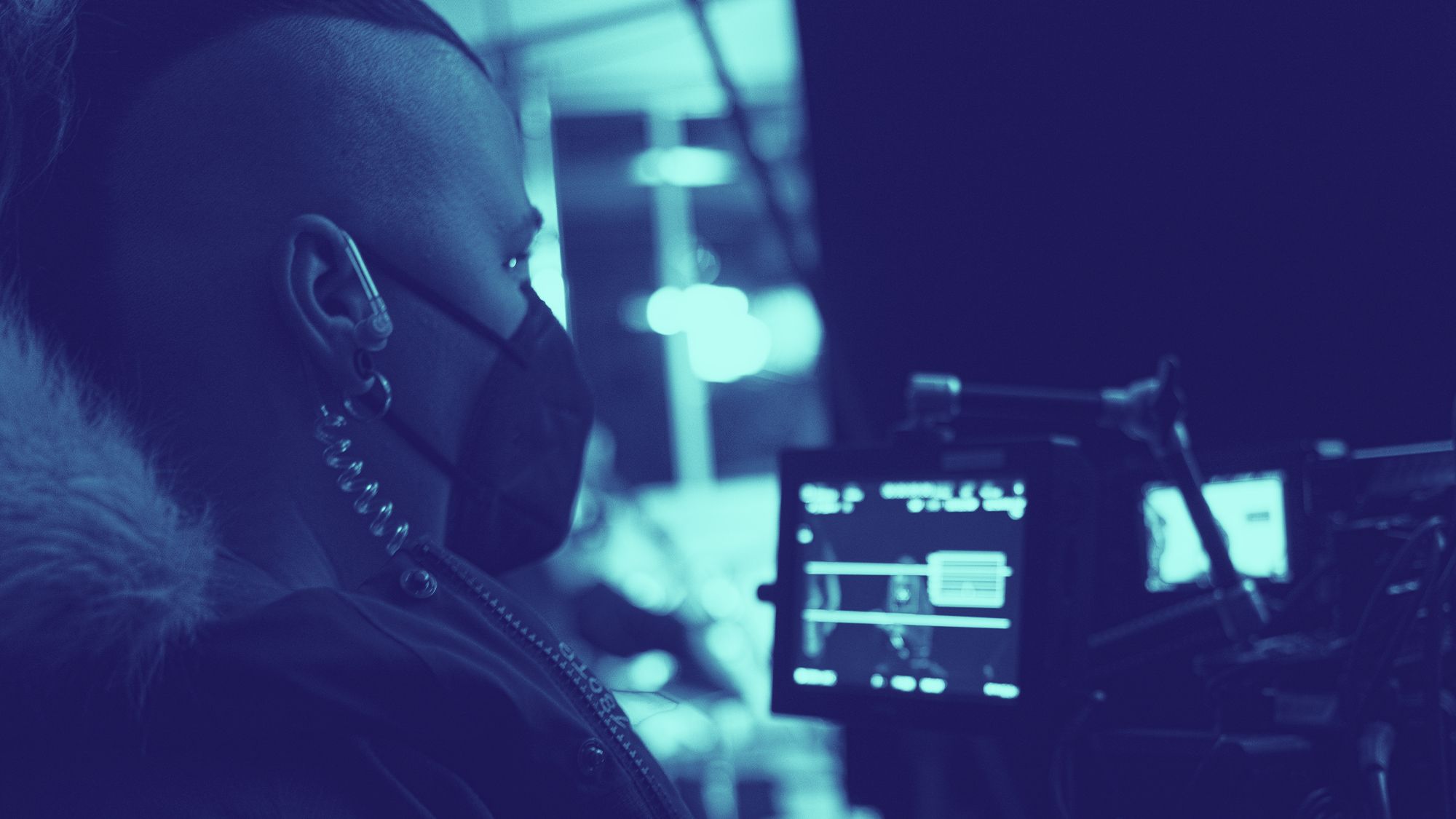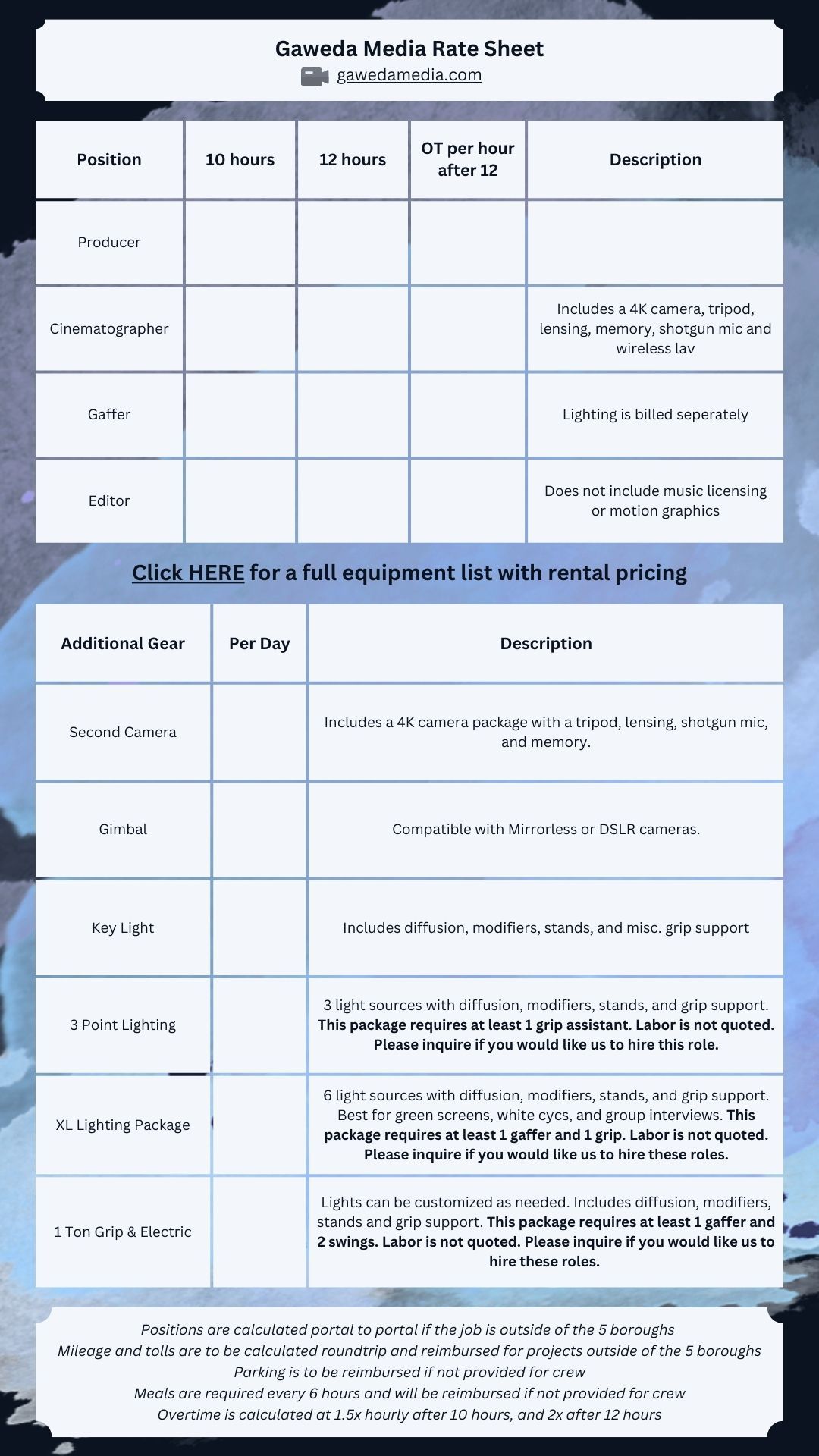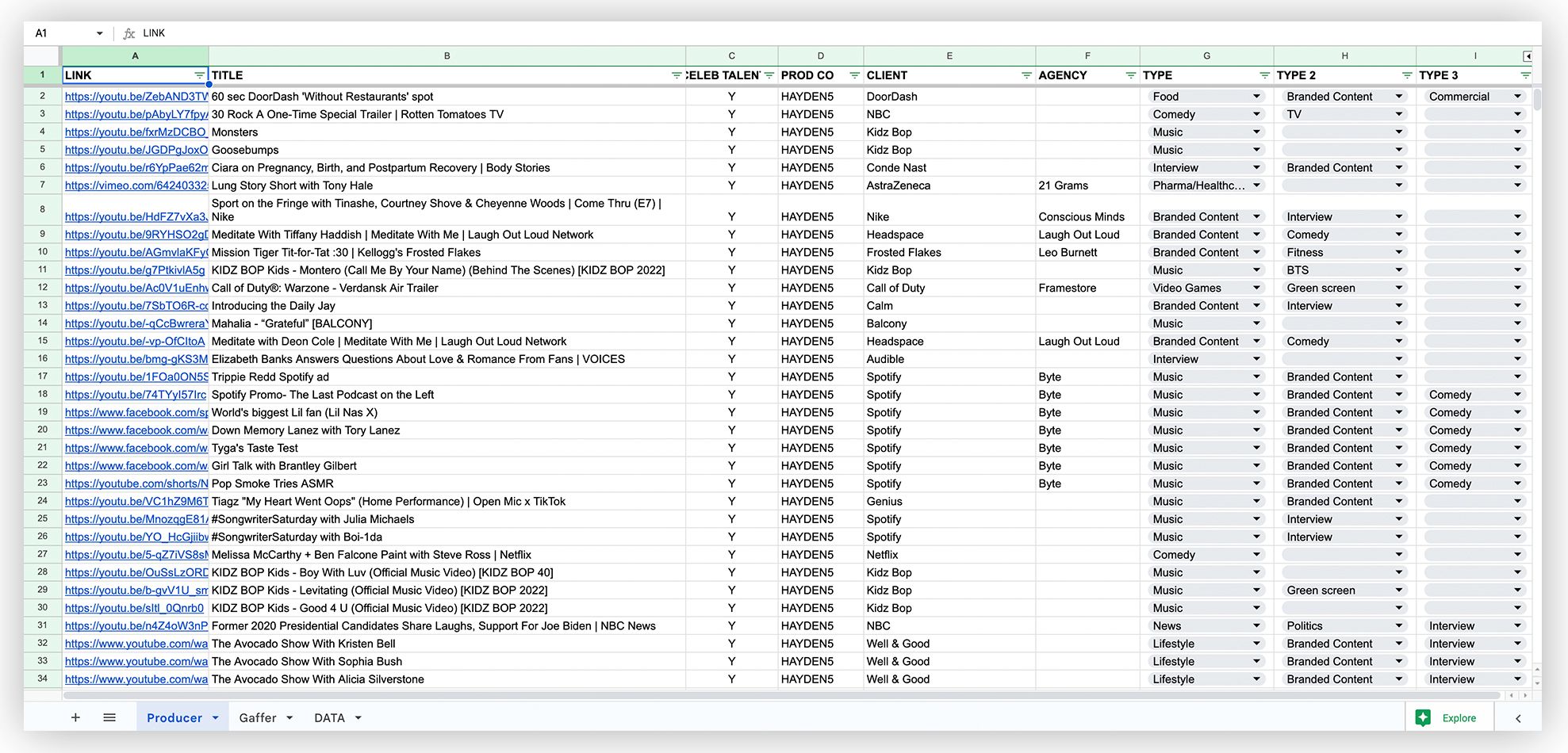3 Expert Tips to Launch Your Creative Business with Confidence
Are you trying to kickstart your creative career but don't know where to begin? Or perhaps you want to gain a better understanding of the processes and workflows used by professional creators? Look no further. Glimmer creator, Stephanie Gaweda, offers her expert advice.

Whether you're a seasoned creator or just starting out, Glimmer's got your back. One of our creator Stephanie Gaweda shares tips on taking the leap from your 9 to 5 job to opening a production company. Stephanie has filmed and produced for clients like Meta, Amazon, Apple, Spotify, LinkedIn, and Microsoft, among others. She's also created commercial pieces with top celebrity talents such as Billie Eilish, SZA, Lil Nas X, Demi Lovato, and John Legend.
Stephanie's love for cameras started when she was just a kid: "I became obsessed with this mystery of the Loch Ness monster. So I took my dad's camera and was going to prove that the Loch Ness monster was real, Stephanie said. "I subsequently broke that camera, and then he got a new one, and I broke it. The cycle continued until my parents sat me down and said, 'This is your camera now, and if you break it, you don't get a new one.' And that is how that started."
As a teenager, her parents' basement was a "playground for experimentation."
"I watched YouTube videos of how to do something at home and made colored gels for my lights by going to Target to get 10-cent plastic folders and cutting out shapes to cover my lights," Stephanie shared. "At 16, I got my first internship at a nonprofit production house, and that's where I learned the professional aspects of the job."
Stephanie has been freelancing, as she says, "since before she even knew what freelancing was." Today, as an established professional, Stephanie still loves to experiment as much as possible by taking on "funky jobs" like music videos that aren't as cut and dry.
We hope Stephanie inspires you to take your creative business to the next level - or offer insight on everything behind the camera for those wishing to hire.
More than just your LLC
Taking the leap from your full-time job requires more than opening a limited liability company (LLC). Stephanie shares the three steps you also need to take to set you up for success:
1. Make sure the business name is not already trademarked. “You can spend thousands on the startup process, making business cards and creating websites, just to find out someone already legally owns the exclusive rights to use that name,” Stephanie said. "If you are a freelancer in the United States, make sure to check out the Patent and Trademark Office site."
2. Publicize your articles of incorporation, which are legal documents filed with your state to create a corporation. Stephanie says this step can be lengthy and costly, so check out your state government website for more information.
3. Create an Employer Identification Number (EIN) and open a separate bank account for your business. While it isn't necessary to create a separate bank account for the business, Stephanie highly recommends it. “It legitimizes the business in a court of law so your expenses don't look like they mingle with the business expenses, but it also makes it easier to track all that throughout the year. Your accountant will love you, and your brain will love you because it makes it easier to separate your personal and professional expenses at the end of the year.”
Automate and organize
Stephanie says she repeatedly gets the same questions from clients but is not always at her desk to send an immediate answer. “What is your rate? What is your camera package? What kind of lights do you have? I love to automate all of these responses and make my life efficient,” she told us.
She created a variety of template responses and rate cards that she can quickly share with prospective clients when on the go. She has a different template message for each service she offers, including producer, DP, gaffer, and editor.
“When I respond to emails as a producer, I make sure to outline the variety of my experience, including the largest budget I've handled, how many crew members I have hired and managed at a time, my background in ordering equipment, my rate sheet, and portfolio where I compile all the work I’ve ever done,” she said.

Stephanie also tailors every message to the client and content they want to create. “If they want to film in a rainforest, I'm going to send them any work I've ever done in a rainforest,” she said.
Stephanie also has an easily navigable Google Sheet listing all her work. “You can search from a dropdown menu by genre, work type, or even client to find exactly what you're looking for. So, if you're Nike and you want to see if I've done other work with Adidas or similar brands, you can pull that right up.”


Invest time in populating an attention-grabbing portfolio, one focused on quality not quantity. Additionally, make sure to add your most recent work samples that back up your main service, and list all your skills and categories. Also, clients have specific equipment needs, so make sure to update your equipment list on not only your website but also on marketplace profiles like Glimmer.
Create an airtight workflow
Before you land your first client, here are some things you need to have ready:
- Get the proper insurance for your equipment and yourself. If you believe you need insurance for a specific project then discuss it with your editor and, if they agree, add it as project expense.
- Perform a financial forecast, which will help determine whether you need to request an advance from the client. “You never want to carry a large outstanding financial burden, particularly if you are paying out the crew. If the client is late to pay you, or the project is delayed or extended, you still need to pay the crew on time and any outstanding expenses, such as rented equipment. Otherwise, you can get into serious legal trouble,” Stephanie advises.
Good luck out there!
